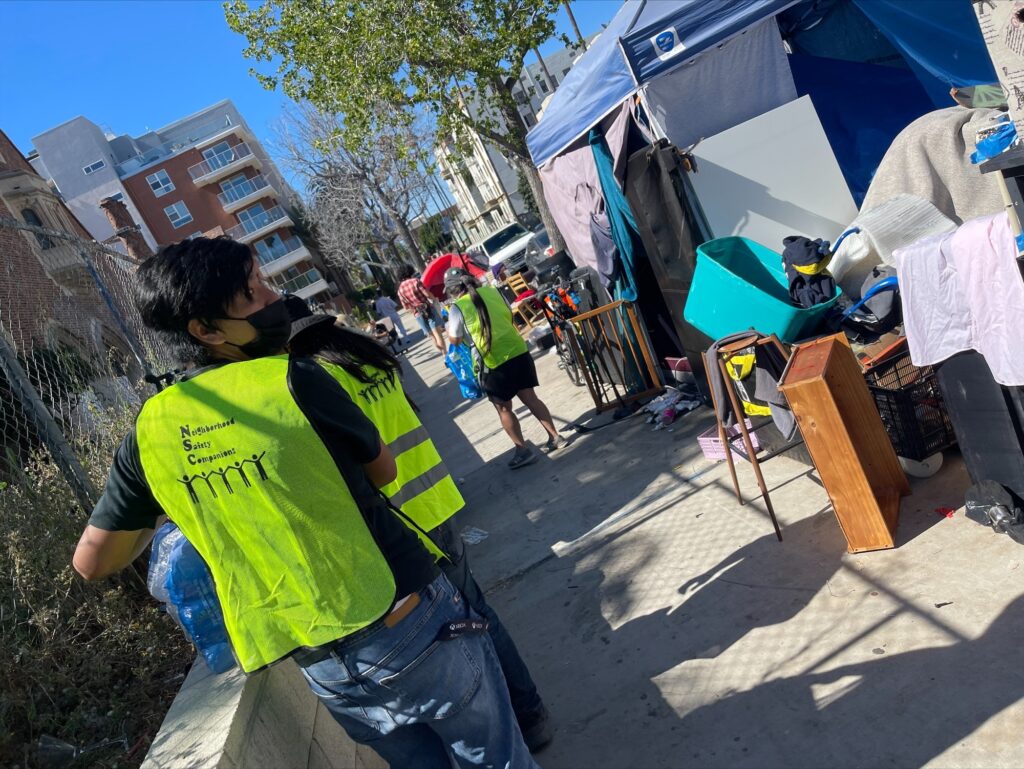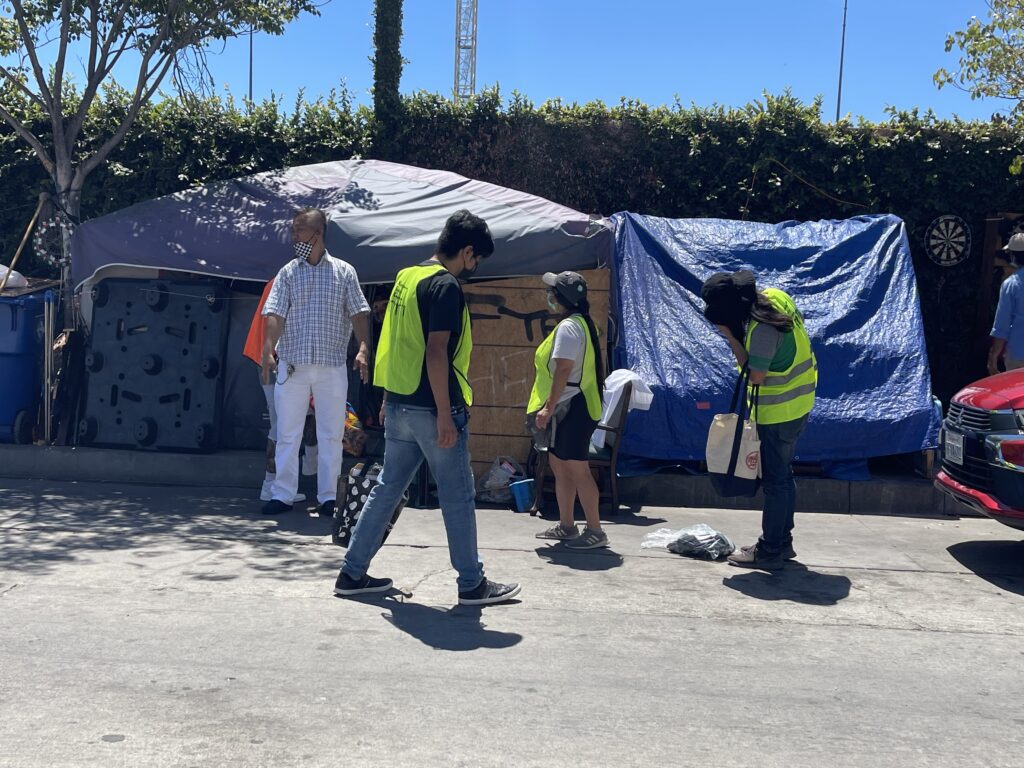In 2012, I was a freelance writer at the LA WEEKLY when the rag declared “Koreatown: The Hippest Neighborhood in America.” Back then, The LA WEEKLY was an influential, alternative news source. It has since tanked. 2012 was also the year that Psy’s mega-hit “Gangnam Style” was released and K-Pop made a massive splash in America.
2012 was also the year that homelessness among Korean and Asian immigrants in Koreatown started to increase. Who are the homeless Koreans in Koreatown? They’re not the successful Korean immigrants that grip the mainstream imagination.

According to Korean American social workers and pastors; and Korean residents and business owners in Koreatown; there are 700-1000 homeless Koreans in Koreatown. My own assessment confirms the numbers. Photos of are a homeless outreach team I’m a part of.

Almost all homeless Koreans that I’ve spoken with were perpetual entry level wage earners. They went from one minimum wage job to another. They come from multigenerationl poverty. Their parents, grandparents, and great grandparents were low-income. They tend to be undereducated in Korean. They experienced first language attrition and never learned English. Many came to America alone and are undocumented. They don’t attend church and even if they did, church isn’t a replacement for government and mainstream services.

On the surface, it may seem like Koreatown is rich with Korean language services. It is for non-critical services. It isn’t for critical services. Tenant’s rights services only became available in Korean after pandemic. Low-income Korean tenants are still easily evicted and often times illegally so. As low-income Korean workers age out of the worksforce, they are left without any safety nets. No family. If there is family, their family members are also low-income. An unforseen expense can derail and upend a low-income person’s life. Undocumented Koreans don’t benefit from social security even though many of them paid taxes for decades.
But don’t Korean American nonprofits take care of them? Yes and no. A few do what they can, but it’s not nearly enough to meet the growing need. There are big gaps in services for LEP (Limited English Proficient) Koreans in Los Angeles. There is no nonprofit or community based organization that meaningfully and holistically serves Korean seniors. What I’ve seen are fragmented services and a lot of misinformation.
Korean Americans have one of the highest rates of income disparity. The really rich Koreans level the medium income for the poorest of Korean Americans. When Asian American data is disaggregated, older Koreans and Cambodians are among the most impoverished in Los Angeles. Korean Americans have the highest rate of being undocumented among all Asian American groups.
Who really built South Korea and Koreatown? Who did the physical work? Koreans at the lowest stratas of society. They’re also the first to be pushed out of their homes and Koreatown because of gentrification and the corporate take over of Koreatown.
For decades, entry level wage earners could afford to live in Koreatown. A one bedroom apartment that rented for $500 20 years ago is currently almost $3000. A studio apartment that rented for $400 20 years ago is currently $1200-$1600. A room in a boarding house that rented for $300-$400 20 years ago is currently $600-$1200.
To be updated